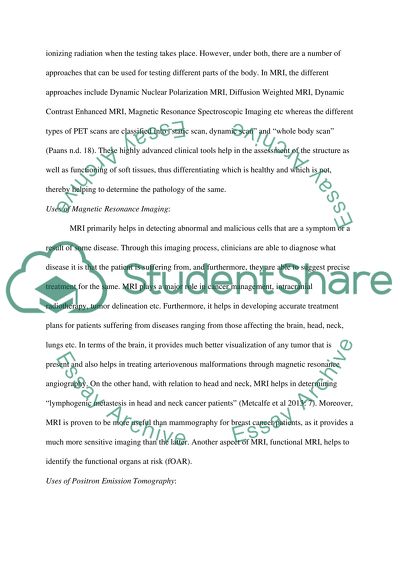Cite this document
(“Relevance of Combining MRI and PET Modalities Essay”, n.d.)
Retrieved from https://studentshare.org/health-sciences-medicine/1490767-relevance-of-combining-mri-and-pet-modalities
Retrieved from https://studentshare.org/health-sciences-medicine/1490767-relevance-of-combining-mri-and-pet-modalities
(Relevance of Combining MRI and PET Modalities Essay)
https://studentshare.org/health-sciences-medicine/1490767-relevance-of-combining-mri-and-pet-modalities.
https://studentshare.org/health-sciences-medicine/1490767-relevance-of-combining-mri-and-pet-modalities.
“Relevance of Combining MRI and PET Modalities Essay”, n.d. https://studentshare.org/health-sciences-medicine/1490767-relevance-of-combining-mri-and-pet-modalities.


